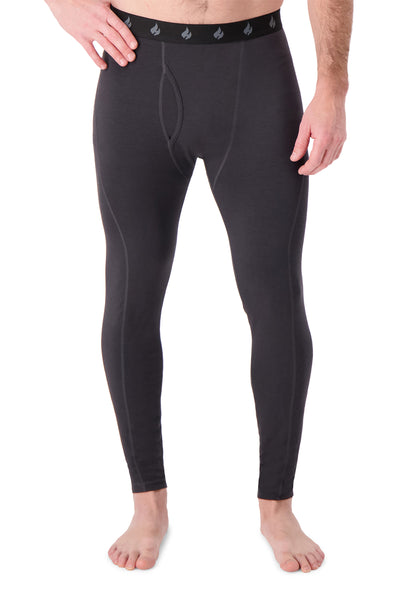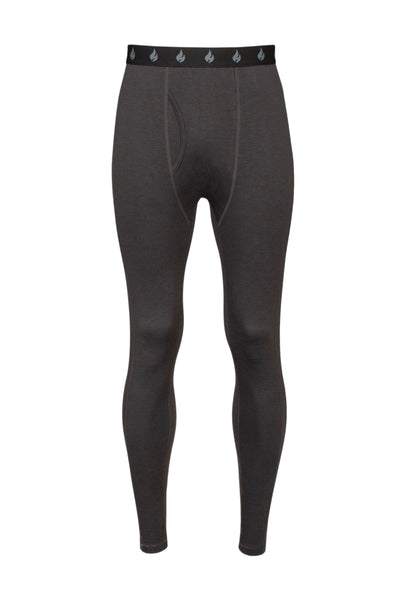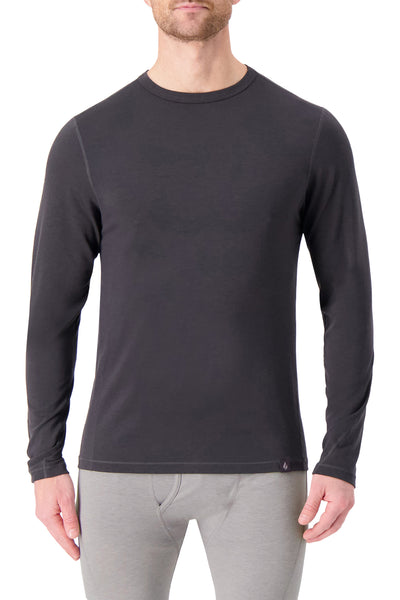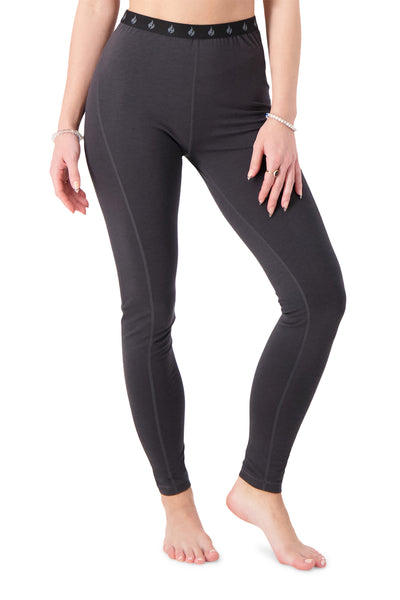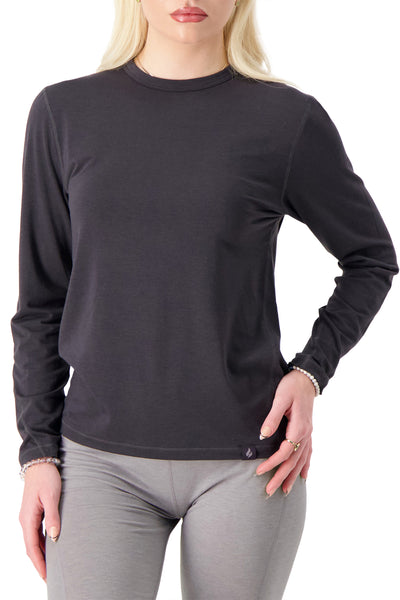Winter cycling can be an exhilarating and rewarding experience, but it also comes with its own set of challenges. From unpredictable weather conditions to the physical demands on your body, preparing yourself for winter cycling is essential. In this ultimate guide, we will explore the various aspects of outfitting yourself for winter cycling, including understanding the challenges, essential gear, safety measures, maintenance tips, and nutrition and hydration for cold-weather rides.
Understanding the Challenges of Winter Cycling
Before diving into the gear and safety measures, it's crucial to comprehend the unique challenges winter cycling presents. Firstly, let's discuss the impact of weather conditions on cycling.
Winter weather can be highly unpredictable. Snow, rain, sleet, and icy conditions are common during this time. Such weather elements affect not only the road conditions but also your visibility and traction. It is essential to monitor weather forecasts and plan your rides accordingly.
When it comes to snow, it's not just the fluffy white stuff that you need to be concerned about. Snow can vary in texture and density, ranging from light and powdery to heavy and wet. Each type of snow presents its own set of challenges for cyclists. Riding on fresh, powdery snow can feel like pedaling through sand, requiring more effort to maintain speed and balance. On the other hand, riding on compacted or icy snow can be slippery and treacherous, demanding extra caution and control.
Rain during winter can make the roads slick and reduce your visibility. The combination of rain and cold temperatures can also make you feel colder, increasing the risk of hypothermia. It's important to wear appropriate waterproof clothing and ensure your bike has good-quality fenders to keep you dry and minimize the spray from the road.
Now, let's move on to the physical demands of winter cycling.
Physical Demands of Winter Cycling
Winter cycling places increased demands on your body. Cold temperatures can make it challenging to warm up, leading to potential muscle strain and injuries. It's crucial to properly warm up before your ride and dress in layers to regulate your body temperature. Layering allows you to add or remove clothing as needed, ensuring you stay warm without overheating.
In addition to the cold, cycling on snow or ice requires more effort due to reduced traction. Your legs have to work harder to maintain balance and propel the bike forward. This increased effort can lead to fatigue more quickly than cycling on dry roads. Building strength and endurance through regular training can help you overcome these physical challenges. Incorporating exercises that target your core, legs, and upper body can improve your stability and power on the bike.
Winter cycling often involves riding in low-light or dark conditions due to shorter daylight hours. This can affect your visibility to other road users. It's essential to equip your bike with front and rear lights, as well as reflective gear, to enhance your visibility and reduce the risk of accidents.
By understanding the challenges winter cycling presents, you can better prepare yourself for a safe and enjoyable ride. Now, let's explore the gear and safety measures you should consider for winter cycling.
Essential Gear for Winter Cycling
Equipping yourself with the right gear is crucial to stay comfortable and safe during your winter rides. Here are some key considerations:
Choosing the Right Winter Cycling Clothing
Investing in proper winter cycling clothing is essential. Look for garments with thermal insulation, moisture-wicking properties, and windproof and waterproof features. Layering is also vital to regulating your body temperature as it allows you to add or remove clothing depending on the weather conditions.
When it comes to thermal insulation, consider clothing made from materials like merino wool or synthetic fabrics designed to trap heat and keep you warm. These materials are known for their excellent moisture-wicking properties, which help to keep your skin dry and prevent discomfort caused by sweat accumulation.
Additionally, windproof and waterproof features are crucial to protect you from the harsh winter elements. Look for jackets and pants with sealed seams and adjustable cuffs to keep the wind and rain out. These features will help you stay dry and comfortable throughout your ride.
Importance of Layering for Thermal Regulation
Layering is a fundamental principle in winter cycling. Start with a moisture-wicking baselayer to keep your skin dry, followed by an insulating midlayer to trap warmth. Finally, top it off with a windproof and waterproof outer layer to protect against the elements. This layering system allows you to adjust your clothing as needed to maintain a comfortable body temperature.
When choosing a baselayer, opt for a snug fit that hugs your body to enhance moisture-wicking capabilities. Look for materials like polyester or merino wool, which are known for their ability to pull moisture away from your skin and keep you dry.
For the midlayer, consider garments made from materials like fleece or down. These materials provide excellent insulation and help to retain body heat. Look for jackets or vests with adjustable features, such as a drawstring waist or cuffs, to customize the fit and prevent cold air from seeping in.
Lastly, the outer layer should be windproof and waterproof to shield you from rain, snow, and cold winds. Look for jackets and pants with a breathable membrane that allows moisture to escape while keeping the elements out. Adjustable hoods and cuffs are also beneficial to ensure a snug fit and maximum protection.
Footwear and Handwear for Cold Weather Cycling
Your extremities, such as hands and feet, are particularly susceptible to the cold. Insulated and waterproof cycling gloves and shoe covers are essential to keep your hands and feet warm and dry. Consider investing in shoe covers with reflective elements to enhance your visibility on the road.
When it comes to gloves, look for options with insulation and waterproof features. Consider gloves with touchscreen compatibility, allowing you to use your smartphone or cycling computer without removing them. Additionally, adjustable cuffs and grip-enhancing materials can improve your overall comfort and control while riding.
For your feet, opt for cycling shoes designed for winter conditions or invest in neoprene shoe covers. These covers provide insulation and protection against wind and rain. Look for shoe covers with reinforced soles for added durability and reflective elements for increased visibility during low-light conditions.
Remember, staying warm and dry during winter cycling is essential for both comfort and safety. By choosing the right gear and layering effectively, you can enjoy your rides even in the coldest weather. So, gear up and embrace the winter cycling experience!
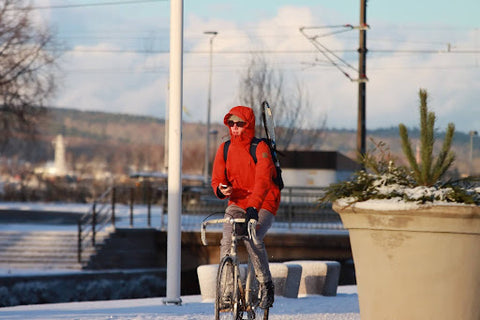
Safety Measures for Winter Cycling
Ensuring your safety while cycling in winter conditions is of utmost importance. Let's explore some key safety measures:
Visibility in Winter Conditions
Reduced visibility is a significant concern during winter cycling. Wear high-visibility clothing, such as reflective vests or jackets, to enhance your visibility to motorists. Additionally, equip your bike with front and rear lights and reflectors to increase your visibility in low-light conditions.
When it comes to visibility, it's not just about what you wear, but also how you position yourself on the road. During winter, roads are often narrower due to snow buildup, so it's important to ride in a predictable and visible manner. Avoid riding too close to the curb or parked cars, as this can make you less visible to drivers. Instead, ride in the center of the lane, where you are more likely to be seen.
Another way to improve visibility is by using hand signals to communicate your intentions to other road users. Clear and timely hand signals can help drivers anticipate your movements, reducing the risk of accidents.
Road Safety and Handling Your Bike in the Cold
Winter roads can be treacherous, so it's crucial to adapt your riding style. Reduce your speed and give yourself extra time to brake and maneuver. Be cautious of potential hazards such as ice patches and snow banks.
When it comes to braking, remember that it takes longer to stop on icy or snowy surfaces. Start applying your brakes earlier than usual and gradually increase the pressure to avoid skidding. If you do encounter a slippery patch, try to steer your bike straight and avoid sudden movements that could cause a loss of control.
In addition to adapting your riding style, it's important to regularly check your tire pressure and ensure proper bike maintenance. Cold temperatures can cause tire pressure to drop, affecting your bike's traction and control. Keep your tires properly inflated, and consider using winter-specific tires with deeper treads for better grip on slippery surfaces.
Furthermore, cold weather can also affect the performance of your bike's mechanical components. Make sure to lubricate your chain and other moving parts regularly to prevent them from freezing or seizing up. Additionally, check your brakes, gears, and cables for any signs of wear or damage, as these can compromise your bike's handling in winter conditions.
Remember, safety should always be your top priority when cycling in winter. By following these safety measures and adapting your riding style, you can enjoy the benefits of winter cycling while minimizing the risks.

Maintenance Tips for Your Winter Cycling Gear
Your winter cycling gear requires regular maintenance to ensure optimal performance and longevity. Here are some essential maintenance tips:
Cleaning and Storing Your Winter Cycling Outfits
After each ride, promptly clean and dry your winter cycling clothing to prevent odors and mold growth. Follow the manufacturer's instructions for proper cleaning. Store your gear in a cool, dry place to maintain its integrity and functionality.
Regular Checks and Replacements for Safety Gear
Regularly inspect your safety gear, such as helmets and lights, for any signs of wear and tear. Replace any damaged equipment to ensure continued protection. Additionally, regularly check your bike's brakes, tires, and drivetrain to ensure they are in optimal working condition.
Nutrition and Hydration for Winter Cycling
Nutrition and hydration play a vital role in maximizing your performance and comfort during winter rides. Consider the following tips:
Eating Right for Cold Weather Cycling
Cold weather can increase your caloric requirements, so fuel your body with nutrient-dense foods before and during your rides. Incorporate a mix of carbohydrates, proteins, and healthy fats to sustain your energy levels. Hydrate properly by drinking fluids regularly, even if you don't feel as thirsty compared to warmer rides.
Staying Hydrated During Winter Rides
Dehydration can be a concern even in colder temperatures. Carry an insulated water bottle or hydration pack to keep your fluids from freezing. Opt for warm beverages like herbal tea or warm water to stay hydrated and maintain your body temperature.
Conclusion
Outfitting yourself for winter cycling requires careful consideration of the challenges, appropriate gear selection, adherence to safety measures, regular gear maintenance, and proper nutrition and hydration. By following these guidelines, you can embrace the winter season and enjoy your cycling adventures to the fullest. Stay safe, stay warm, and happy cycling!



